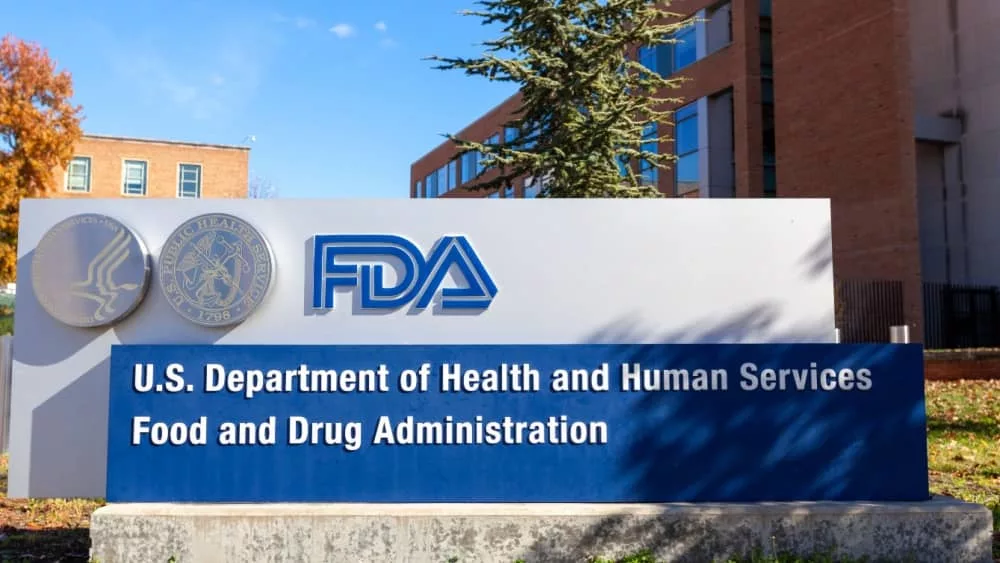
The U.S. Environmental Protection Agency on Monday announced a comprehensive ban on using and importing cancer-causing asbestos, a carcinogen still used in some vehicles and in some industrial facilities and other products in the U.S. The new rule would ban chrysotile asbestos, the only ongoing use of asbestos in the United States. The substance is found in products such as brake linings and gaskets and is used to manufacture chlorine bleach and sodium hydroxide, also known as caustic soda.
EPA Administrator Michael Regan called the final rule a major step to protect public health: ““The science is clear – asbestos is a known carcinogen that has severe impacts on public health, that’s why EPA is so proud to finalize this long needed ban on ongoing uses of asbestos. With today’s ban, EPA is finally slamming the door on a chemical so dangerous that it has been banned in over 50 countries. This historic ban is more than 30 years in the making, and it’s thanks to amendments that Congress made in 2016 to fix the Toxic Substances Control Act.”
The final rule marks a major expansion of EPA regulation under a landmark 2016 law that overhauled regulations governing tens of thousands of toxic chemicals in everyday products, including substances such as asbestos and trichloroethylene that for decades have been known to cause cancer yet were largely unregulated under federal law. Known as the Frank Lautenberg Chemical Safety Act, the law was intended to clear up a hodgepodge of state rules governing chemicals and update the Toxic Substances Control Act, a 1976 law that had remained unchanged for 40 years.
Raw chrysotile asbestos was imported into the U.S. as recently as 2022 for use by the chlor-alkali industry, which makes asbestos diaphragms to make sodium hydroxide and chlorine, used to disinfect drinking water and wastewater. It is also used to make aftermarket automotive brakes and linings and other vehicle friction products, as well as sheet gaskets. Eight such plants remain in the U.S.
The EPA banned asbestos in 1989, but the rule was largely overturned by a 1991 court decision that weakened the EPA’s authority under TSCA to address risks to human health from asbestos or other existing chemicals. The 2016 law required the EPA to evaluate chemicals and put in place protections against unreasonable risks.
Exposure to asbestos has been linked to cases of lung cancer, mesothelioma, ovarian cancer and laryngeal cancer, and it is linked to more than 40,000 deaths in the U.S. each year. The EPA said the announcement is part of President Joe Biden’s Cancer Moonshot, a whole-of-government initiative to end cancer in the U.S.
Editorial credit: lev radin / Shutterstock.com






